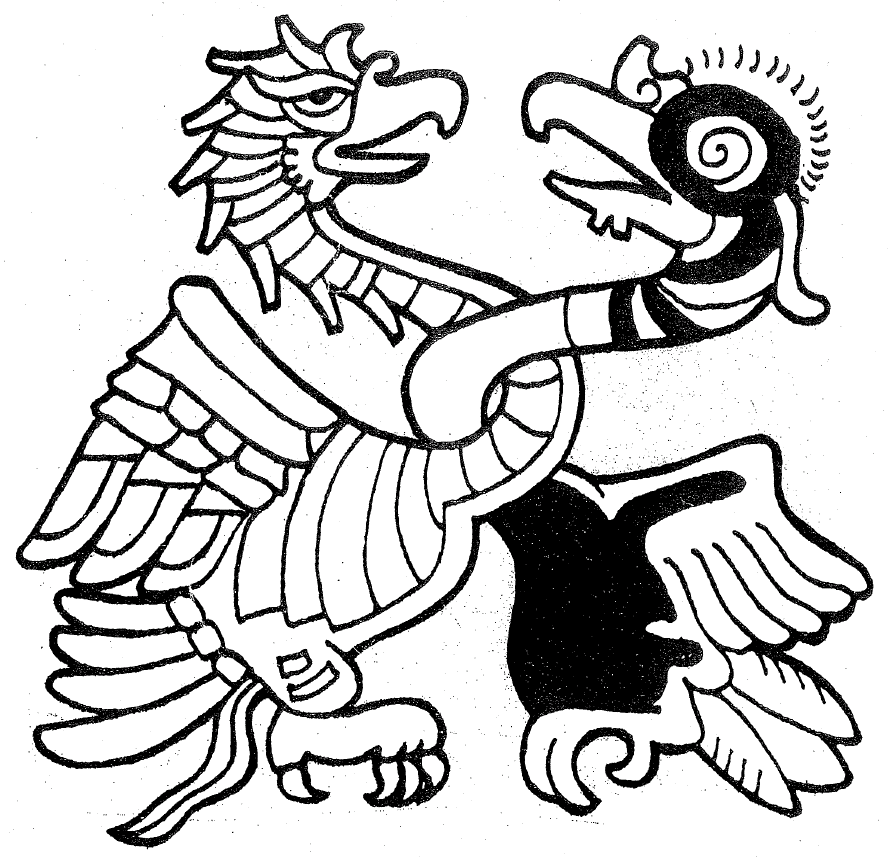EXERCISE WHAT ARE FUNCTIONAL SKILLS AND BEHAVIORS? ANSWERS AND
2006SOM3TFEP002A AGENDA ITEM 3 APEC PANDEMIC RESPONSE EXERCISECARDS EXERCISE FACILITATOR GUIDANCE LEARNING OUTCOME TO GAIN
RECONCILE AND APPROVE PCARD TRANSACTIONS EXERCISES IN THIS
0 20120814 EXERCISES ZEMAX 3 ABERRATIONS 3 PROPERTIES OF
10 THE HÜCKEL APPROXIMATION IN THIS EXERCISE YOU WILL
109 JOURNAL OF EXERCISE PHYSIOLOGYONLINE AUGUST 2021 VOLUME 24
Exercise: What are functional skills and behaviors
Exercise: What are functional skills and behaviors?
Answers and Explanations
Look at the list of skills below. Which are examples of isolated skills? Which are examples of functional skills?
|
Skill
|
Functional |
Isolated |
|
1. Knows how to imitate a gesture when prompted by others -- ‘isolated’ – because knowing how to imitate a gesture does not necessarily mean that a child can gesture spontaneously for a specific purpose. A more functional skill would be, for example, ‘uses gestures to indicate his preference for toys during play time.’
|
|
x |
|
2. Uses finger in pointing motion – ‘isolated’-- because the child’s ability to point does not necessarily indicate that a child can use pointing for a functional purpose, such as to communicate wants and needs.
|
|
x |
|
3. Uses 2-word utterances -- ‘isolated’ because, by itself, the fact that a child can put together two words does not tell you whether the child is using words purposely, such as to convey a message.
|
|
x |
|
4. Watches what a peer says or does and incorporates it into his/her own play -- ‘functional’ because it reflects the child’s ability to observe other children and imitate their behavior in a meaningful way.
|
x |
|
|
5. Points to indicate needs or wants – more functional than the skill described in #2, above. In this example, the skill indicates that the child can point for a specific purpose.
|
x |
|
|
6. Engages in back and forth verbal exchanges with caregivers using 2-word utterances -- as opposed to #3, above, this skill is more functional because it describes a meaningful use of words.
|
x |
|
|
7. Uses pincer grasp – isolated. It would be more
functional to assess how a child applies the use of a pincer grasp
in everyday life. |
|
x |
|
8. Can eat dry cereal with fingers-- more functional than #7, above, because it describes the purpose, rather than just the presence or absence, of fine motor skills.
|
x |
|
|
9. Touches toy or adult’s hand to restart an activity -- also a functional skill, because it emphasizes purposeful movement.
|
x |
|
|
10. Makes stepping movements -- a child’s ability to make stepping movements, without looking at how he or she uses that ability, is an example of an isolated skill.
|
|
x |
|
11. Moves toward a ball in order to continue play activity -- – a functional skill because it describes the child’s purpose in moving toward a ball, not just his or her ability to do so.
|
x |
|





 The
Early Childhood Outcomes Center
3-5-08
The
Early Childhood Outcomes Center
3-5-08
11 TRANSFORMATION EXERCISES COMPLETE THE SECOND SENTENCE OF
150 JOURNAL OF EXERCISE PHYSIOLOGYONLINE APRIL 2018 VOLUME 21
150080 INTRODUCTION TO INFORMATION SYSTEMS HMTL INCLASS LAB EXERCISE
Tags: answers and, behaviors?, exercise, answers, functional, skills
- Između Planinarskog Društva “zagorske Steze” iz Zaboka Matije Gupca
- DECALOGO DEL APRENDIZ DE BALONMANO SACADA DE LA
- ORIGIN DETAILS PLEASE PROVIDE THE FOLLOWING DETAILS ON
- [EXTRACT FROM] RESOLUTION IX1 ANNEX D ECOLOGICAL “OUTCOMEORIENTED” INDICATORS
- NARUČITELJ JAVNA KOMUNALNA USTANOVA „PRVENJ“ MULINA 7 TKON OIB
- DEAR LETICIA TIM DEREK REFERENCE ATTACHED QUESTIONNAIRE
- 3 T RINO GRAU FERNÁNDEZ ESTADÍSTICA Y PROBABILIDAD
- ROUND 11 REVIEW ~ INSTRUCTIONS FOR 2017 CULTURAL
- INBJUDER HÄRMED TILL TÄVLINGAR PÅ MOSANLÄGGNINGAR (MINIGOLF OPEN STANDARD)
- ANJALI HOUSE (CAMBODIA) STATEMENT OF FUND RECEIPTS AND DISBURSEMENTS
- ÍNDICE FINALIDAD REIVINDICACIONES FUNDAMENTALES MEDIDAS URGENTES ORGANIGRAMA FUNCIONES
- LFV DOCUMENT DATE VERREV DOCUMENT ID PAGE AIR NAVIGATION
- RAMSELEFORS UMEÅ OCH VÄNNÄS SKYTTEFÖRENINGAR I VÄSTERBOTTEN INBJUDER ALLA
- MASTERPOX AC6 FONDO ANTICORROSIVO EPOXI SISTEMA EPOXI
- DESCRIZIONE DEI CAMPI PRESENTI NELL’ORDINE DI PAGARE SU IMPEGNO
- Pristopna Izjava Beitrittserklärung der Unterzeichnete bzw die Unterzeichnete
- FOCUS GROUP PARA OBTENER INFORMACIÓN SOBRE EL PROCEDIMIENTO DE
- DIZÜSTÜNÜZÜN PIL ÖMRÜNÜ UZATIN LAPTOPLAR PILI AZALIP SIZ EN
- FOCUS GROUP UN FOCUS GROUP ES UNA TÉCNICA DE
- RESIDENCIAL MIRAMAR RELACIÓN DE ACCIONES 200910 JUNIO 2009 ACTUALIZACIÓN
- ACTIVITIES FOR INCREASING READING RATE STUDENTS WHO WOULD
- Bernát Proti Slovenskej Republike Rozsudok z 31 Januára 2006
- ACTIVITY CAN YOU IDENTIFY ANCESTRY? THE BONES OF
- Ðïࡱáþÿ Þÿÿÿ ¥á` Ø¿06bjbjëèëè (x89¢x89¢d µÿÿÿÿÿÿ¤à à à
- APPLICATION NO (FOR OFFICE USE ONLY) INSTITUTE OF
- ГРОМАДСЬКА ОРГАНІЗАЦІЯ «АСОЦІАЦІЯ НОТАРІУСІВ МІСТА ХАРКОВА ТА ХАРКІВСЬКОЇ ОБЛАСТІ»
- GUIDELINES FOR PORTFOLIO ASSESSMENT WHAT IS A PORTFOLIO? DEFINITION
- LISTA DE COMPETÊNCIAS TÉCNICO PROFISSIONAL E ADMINISTRATIVO Nº
- ESTATUTOS DEL FONDO PANAMERICANO LEO S ROWE APROBADOS POR
- CONCURSOS ESCOLARES EN EUSKERA POESIA NARRATIVA “BERTSOS” ESCRITOS ETNOGRAFIA
NAUJOSIOS KARTOS BENDRAVIMO YPATUMAI VISUOMENĖS VYSTYMASIS VISADA SUSIJĘS SU
ANÁLISIS DEL EQUIPO Y SU ENTORNO ANÁLISIS DE LA
 PURCHASING SERVICES OFFICE 801 LEROY PLACE BROWN HALL SOCORRO
PURCHASING SERVICES OFFICE 801 LEROY PLACE BROWN HALL SOCORROSHARED INTEREST IN THE (NAME OF THE COURT) IN
 T HE PRODUCTS THAT ABC MANUFACTURING CORP MANUFACTURES ARE
T HE PRODUCTS THAT ABC MANUFACTURING CORP MANUFACTURES ARESAMPLE INITIAL APPLICATION AFFILIATED GENERATOR OWNER THIS EXAMPLE ASSUMES
BIL PERKARA SMS KOD HANTAR KE SERVER HP
 THE COMPACT OF IXIMCHE THE POWERS OF ABYA YALA
THE COMPACT OF IXIMCHE THE POWERS OF ABYA YALA8 AS YOU LIKE IT AN INNOCENT YOUNG WOMAN
 INDUSTRIAS DE PROCESOS DE CONFORMACION CURSO 003 12 DE
INDUSTRIAS DE PROCESOS DE CONFORMACION CURSO 003 12 DEQUICK ACCOMMODATION GUIDE – LEAVING CARE SERVICE YOUNG PEOPLE
AZ ALÁBBI KÉRDÉSEK AZOKRA AZ ÉRZÉSEKRE ÉS GONDOLATOKRA VONATKOZNAK
STARTUP USA SELFEMPLOYMENT Q AND A DISABLED VETERANS
 LA INMIGRACIÓN SE SITÚA ENTRE LOS PRIMEROS ASUNTOS DE
LA INMIGRACIÓN SE SITÚA ENTRE LOS PRIMEROS ASUNTOS DE MIELI MOKINUKAI JUMS RAŠO PIRMASIS NYKŠTUKAS TRIS KARTUS
MIELI MOKINUKAI JUMS RAŠO PIRMASIS NYKŠTUKAS TRIS KARTUS FOR IMMEDIATE RELEASE CONTACT FRANCES SQUIRE SEPT
FOR IMMEDIATE RELEASE CONTACT FRANCES SQUIRE SEPTREGULAMIN GMINNEJ KOMISJI ROZWIĄZYWANIA PROBLEMÓW ALKOHOLOWYCH W PRZEMYŚLU I
 MÓDULO 5 BÁSICO TRES LECCION 14 ADVERBIOS LECCION 15
MÓDULO 5 BÁSICO TRES LECCION 14 ADVERBIOS LECCION 15PAX ROMANA BY LEA HOLMAN THE ROMAN REPUBLIC WAS
 T IPS FOR USING TELEPHONE INTERPRETERS 1 GIVE THE
T IPS FOR USING TELEPHONE INTERPRETERS 1 GIVE THE